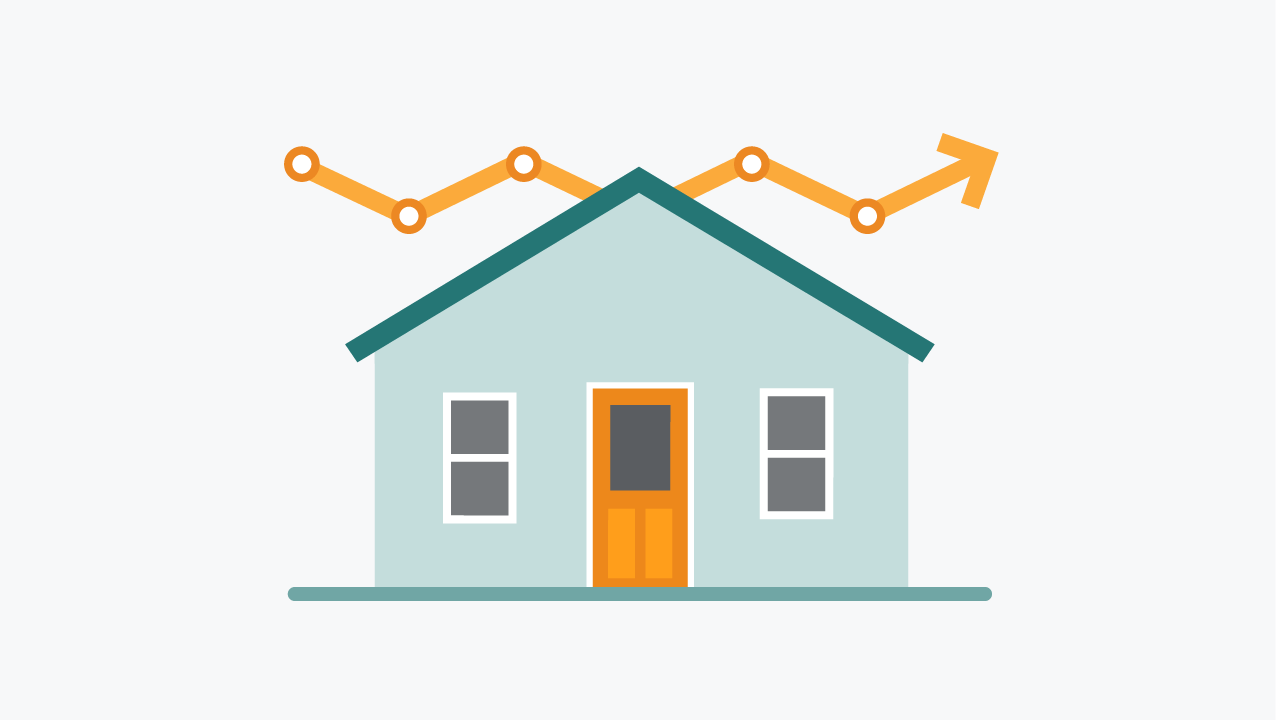Overdraft and Nonsufficient Fund Fees: Insights from the Making Ends Meet Survey and Consumer Credit Panel
This report provides new insights about consumers’ experiences with overdraft and NSF fees, and paints a broad picture of the financial circumstances of these consumers.

